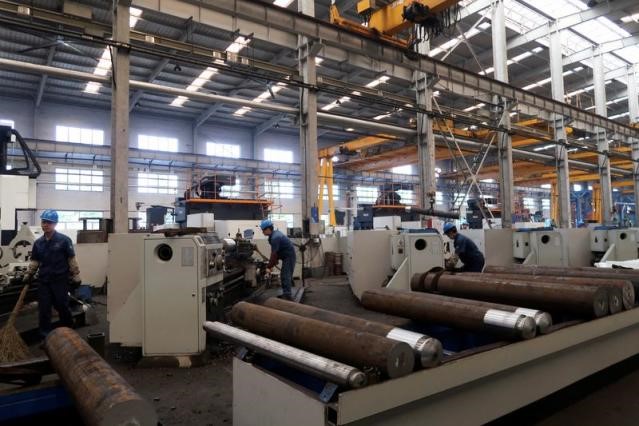TOKYO: Asia’s industrial activity fell in June, according to business surveys released on Monday (Jul 3), as weak demand in China and advanced economies clouded the outlook for the region’s exporters.
While manufacturing activity in China increased somewhat, it fell in powerhouses Japan and South Korea as Asia’s feeble economic recovery failed to retain momentum.
The surveys highlight the impact of China’s slower-than-expected return from COVID lockdowns on Asia, where manufacturers are also preparing for the consequences from aggressive US and European interest rate hikes.
“The worst may have passed for Asian factories,” said Toru Nishihama, head emerging market economist at Dai-ichi Life Research Institute, “but activity lacks momentum due to diminishing prospects for a strong recovery in China’s economy.”
“China is dragging its feet on stimulus.” Large rate hikes will very certainly hurt the US economy. All of these reasons contribute to Asian manufacturers’ pessimistic attitude.”
The Caixin/S&P Global manufacturing purchasing managers’ index (PMI) in China fell to 50.5 in June from 50.9 in May, according to a private survey released on Monday, but above the 50-point threshold that distinguishes growth from contraction.
The statistic, together with Friday’s official poll, adds to evidence that the world’s second-largest economy lost momentum in the second quarter.
The impact is being felt in Japan, where the final au Jibun Bank PMI dipped to 49.8 in June after increasing in May for the first time in seven months.
According to the Japan PMI survey, new orders from overseas clients fell at the highest rate in four months in June, reflecting weak demand from China.
South Korea’s PMI decreased to 47.8 in June from 48.4 in May, marking the 12th consecutive month of decline due to poor demand in Asia and Europe.
According to the PMI surveys, factory activity fell in Taiwan, Vietnam, and Malaysia.
Asia’s economy is strongly reliant on China’s strength, which saw growth improve in the first quarter but then fall short of expectations.
The fate of Asia’s economies, particularly China’s, will have a significant impact on the global economy, with aggressive monetary tightening to combat inflation likely to weigh on US and European growth.
In May, the International Monetary Fund predicted that Asia’s GDP will rise by 4.6 percent this year, up from 3.8 percent in 2022, accounting for around 70 percent of global growth.
Source: CNA


